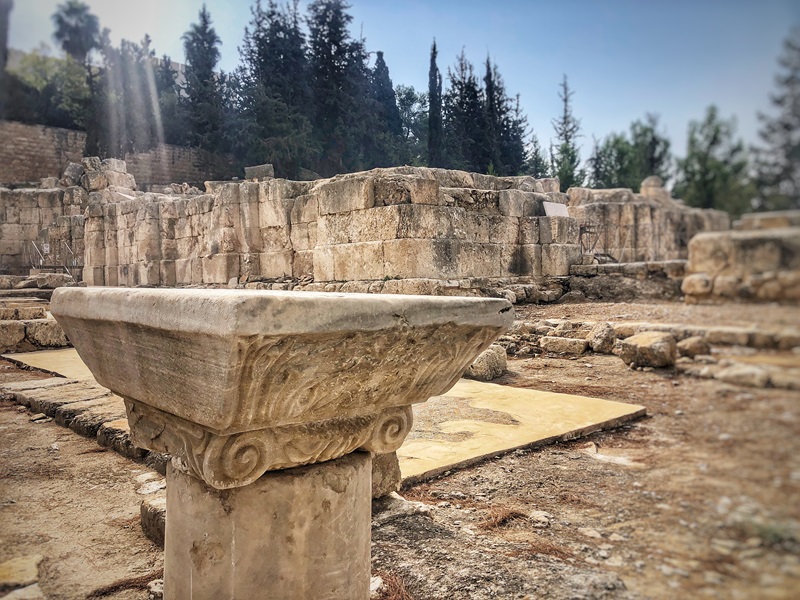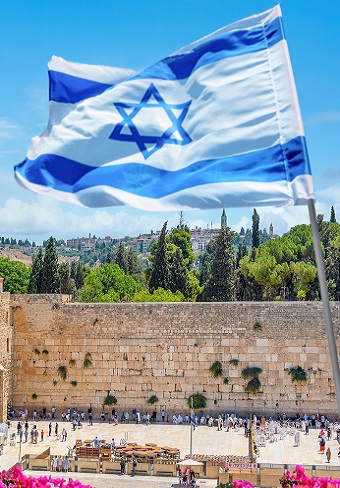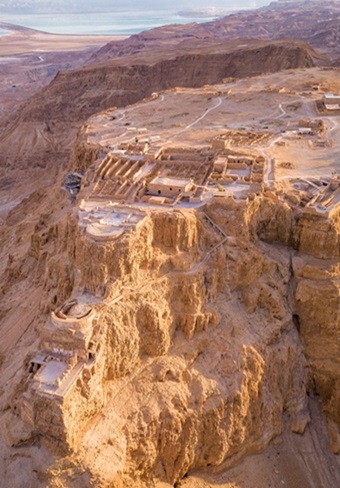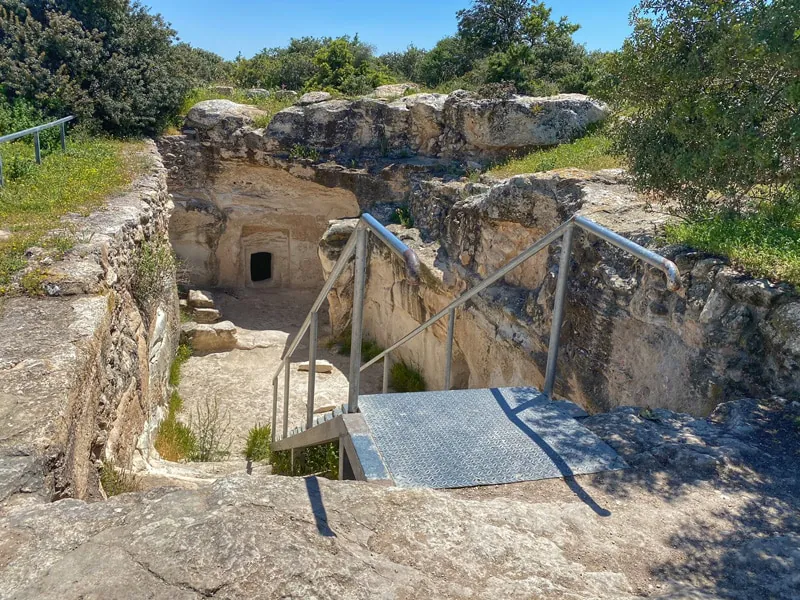Givton / Tel Malut
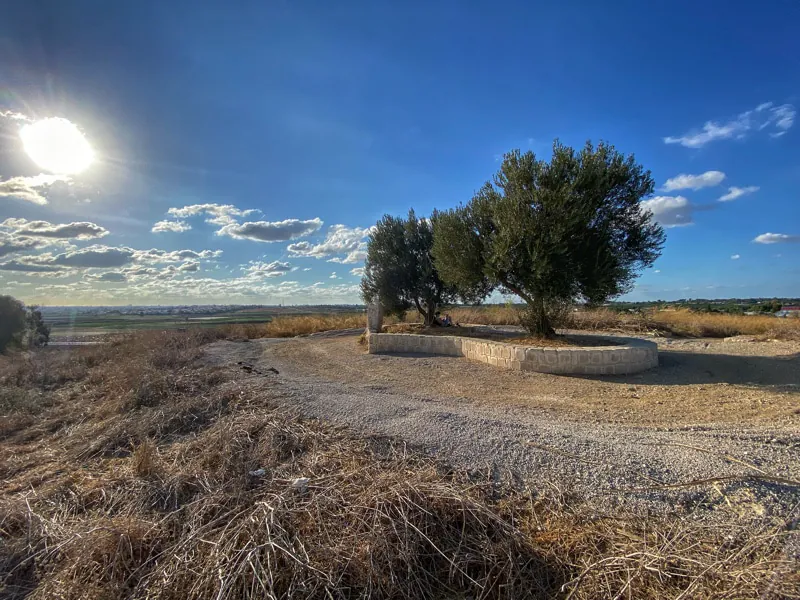
Nestling in the southern coastal plains next to a quaint little lake, ancient Givton is one of the most significant sites in Israelite history. According to the bible here, twice a military coup took place against the king of Israel.
History of Givton
Givton is mentioned only three times in the bible. I Kings 15 Describes Nadav, king of Israel, fighting over Gviton, which the Philistines held at the time. During the siege, “Baasha son of Ahijah from the tribe of Issachar plotted against him, and he struck him down at Gibbethon, a Philistine town, while Nadab and all Israel were besieging it. Baasha killed Nadab in the third year of Asa, king of Judah, and succeeded him as king.”
Two years later, Basha was killed in Tirzah by one of his generals. At that time, Omri, another Israelite military commander, was again besieging Givton. Hearing of the death of Basha, his army crowned Omri as king. Four years later, Omri defeated his opponent and established the new capital of Samaria (1 Kings 16).
Givton remained a Philistine city until 712 BCE when Sargon conquered and destroyed it. Meanwhile, even its location still needed to be remembered. By the 4th century CE, the geographer Eusebius had wondered about its location. Its name implies it was on a hill, and Joshua 21:23 implies it was near Eltaka.
Touring Givton
Givton is identified at Tel Malut, near the modern town of Mazkeret Batya. Surprisingly, despite the site’s significance, it has yet to be adequately excavated. Nevertheless, its summit provides an excellent panoramic view of the region, demonstrating its importance in antiquity.




